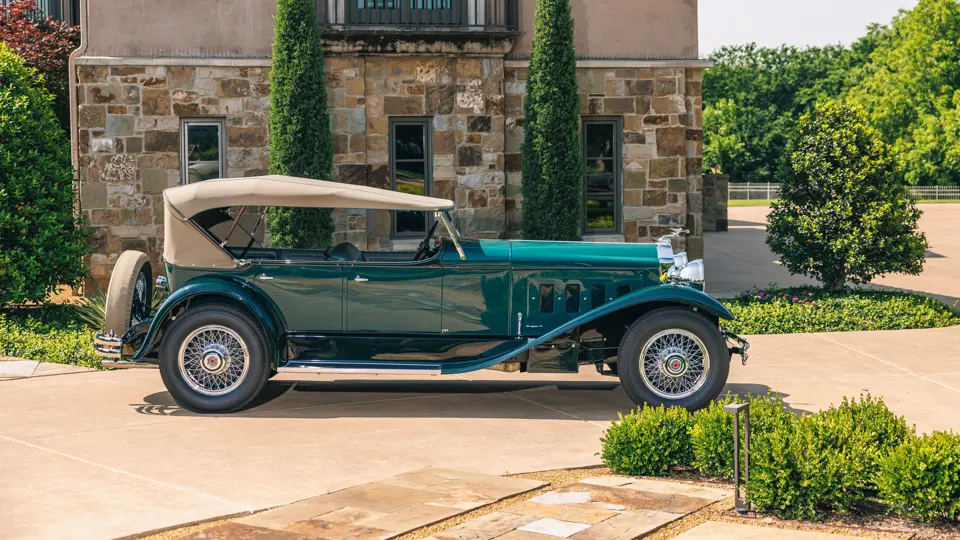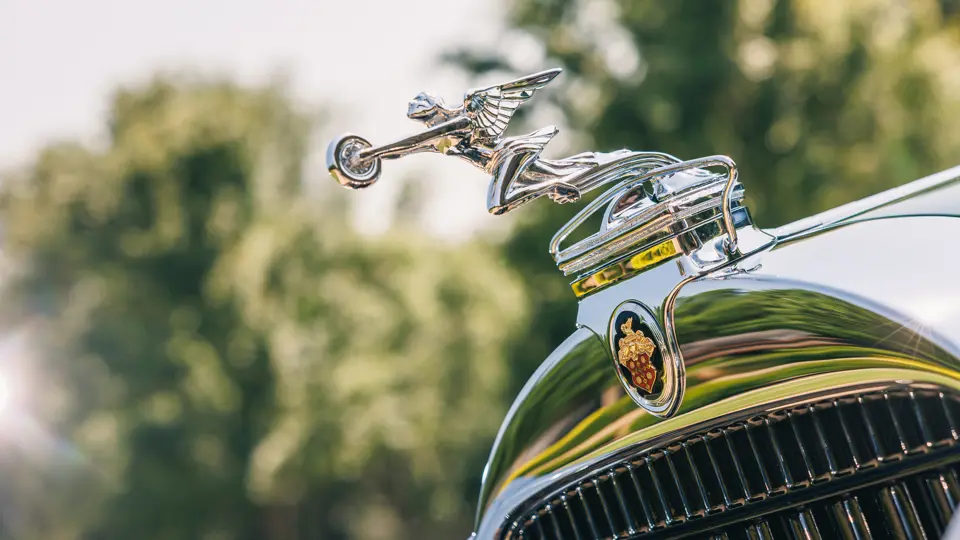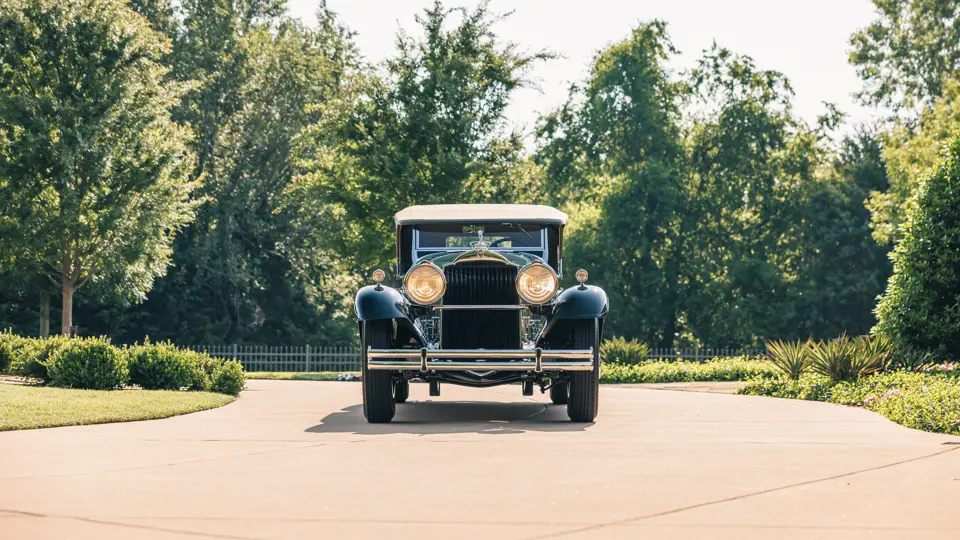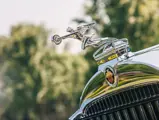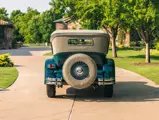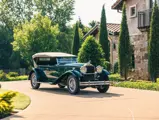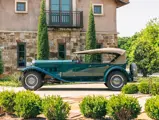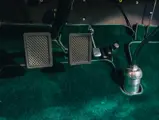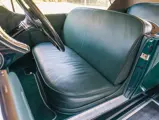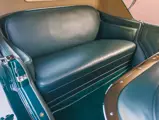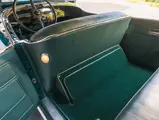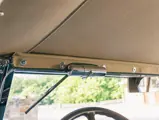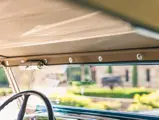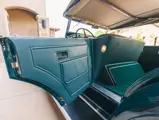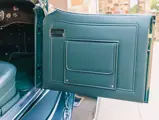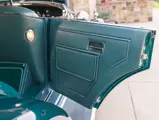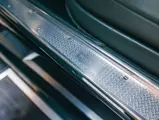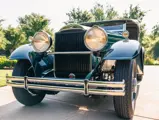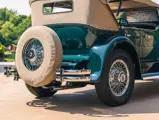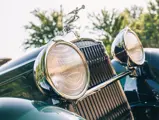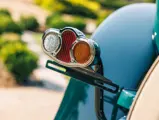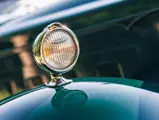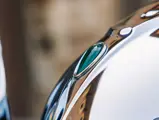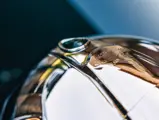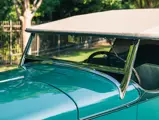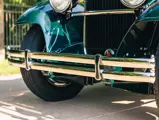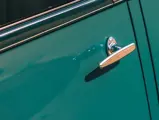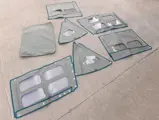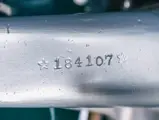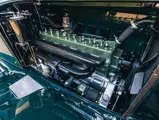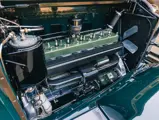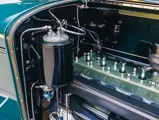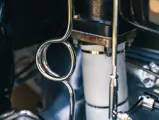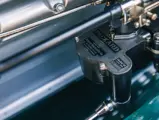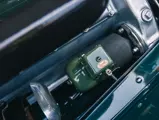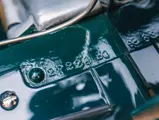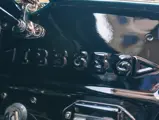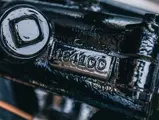
1930 Packard 734 Speedster Eight Phaeton
{{lr.item.text}}
$1,000,000 - $1,400,000 USD | Not Sold
{{bidding.lot.reserveStatusFormatted}}
- Among the greatest examples of a true American Full Classic performance car
- One of just five surviving 734 Speedster Eight phaetons
- Formerly the prized possession of renowned collectors Tom Mix and Fred Guyton
- Meticulous fresh restoration; First in Class at the 2023 Pebble Beach Concours d’Elegance
- Original chassis, engine, steering box, vehicle number plate, and coachwork, with original stampings throughout
“THE SPEEDSTER BY PACKARD”
For all of its history, Packard built what was consistently America’s finest automobile, known for the outstanding quality of its engineering and silky-smoothness of its operation. There were plenty of powerful Packards, but few were true performance cars. An exception to the rule was the 734 Speedster Eight of 1930, brainchild of the company’s Colonel Jesse Vincent. Based on a the shorter 733 chassis, it was outfitted with finned iron brake drums, optional high-ratio rear axle gearing, and a 384.8-cubic-inch engine with hemispherical intake and exhaust outlets, at a 45-degree angle, maximizing the larger manifold openings and separating the exhaust and intake manifolds for better breathing; an exhaust cut-out incorporated into the muffler; optional high-compression 6:1 cylinder head; and Detroit Lubricator dual-throat carburetor, among other “tweaks.” Its 145 horsepower could propel a 734 to a top speed above 100 mph in top gear. The bodies were unique to the cars; each was shortened and narrowed by six inches and moved rearward six inches on the chassis to permit longer 745 fenders.
It was a gentleman’s sports car, a large but swift automobile that was a genuine Duesenberg Model J competitor, in prestige and in speed. Its rarity was assured; Packard’s conservative management advertised it as minimally as possible, printing nothing more than a single eight-page brochure on “The Speedster by Packard.” The lack of promotion almost made the car more desirable; it was a special “hot little something,” that only those in-the-know could pick up—and which the unknowing would simply view as “just another old Packard,” until it handily outran them.
Like the Duesenberg, the 734 was always desirable, with examples carefully preserved by the cognoscenti; Smithsonian transportation curator Smith Hempstone Oliver, an owner and devotee, began tracking the surviving cars as early as the 1940s. Many survivors were bought by enthusiasts, and then kept and never sold. Having a 734 for half a century has not been uncommon among owners. That says everything for the model’s quality and joy of ownership.
THE MIX-GUYTON 734
Vehicle number 184101, this 734 phaeton is one of just five surviving examples of this body style, out of about 32 produced. It was delivered by Rochester, New York, dealer L.R. Mack on 17 May 1930 to Sanford Cluett, of Cluett-Peabody, manufacturers of Arrow shirts and collars. Mr. Cluett was a fascinating character with a brilliant mind and a remarkable attention for detail. His granddaughter told of a lunch meeting with a company representative in which Mr. Cluett sketched an idea on the tablecloth. When his dining companion’s firm unveiled the idea as their own some time later, Mr. Cluett produced the tablecloth, which he had taken with him and had notarized—and received his royalties appropriately.
The car passed in 1951 to teenager Victor Mion of Schenectady, then in 1958 to James H. Kellogg-Clarke of Buffalo. In 1959 it was purchased from Kellogg-Clarke by Tom Mix, owner of Boston’s famous Foreign Motors dealership, and one of the most avid and active early Packard enthusiasts in the country. He built a superb collection focused on coachbuilt rarities, including numerous Darrins and various one-off models, but the 734 was one of his greatest treasures.
Mr. Mix would own the Packard for the rest of his life, touring in it extensively with his family, appearing with it at many shows, and supplying it for the pages of such books as Beverly Rae Kimes’s respected history, Packard: A History of the Motorcar and the Company. Such was its importance to his life that it was pictured on his funeral program in 2006. Not long after, the car was acquired from the Mix estate by the respected collector and friend of many, Fred Guyton, and remained a treasure of his own private museum for the next 13 years. Mr. Guyton, too, was parted with the car only by his passing, and it was then acquired in 2019 by the present owner.
The new owner was delighted to find that his acquisition, while thrice repainted by prior owners, had never actually been taken apart. A meticulous and well-deserved fresh restoration, to the highest standards, was then begun. Mechanical restoration was undertaken by the consignor’s own shop, with much research determining the correctness of finishes throughout, including considerable assistance by Packard specialist Ted Davis.
The excellent original sheet metal was refinished by Harold’s Hot Rod Shop of Enid, Oklahoma, with the finish matched to factory paint that had survived on the underside of the fenders and on the frame rails. Dennis Francis of Cushing, Oklahoma, replaced a small portion of wood in the cowl, with the remainder of the original structural wood remaining intact and in fine condition. The interior upholstery and top were performed by RM Auto Restoration of Blenheim, Ontario, while the wheels, radiator shell, and mascot were expertly restored by Dan Sommer, and John Wright of Grafton, Ohio, completed excellent chrome plating throughout.
Inspection shows that nearly all of the car’s mechanical components are closely numbered and thus surely original to the car, with the exception of an unnumbered front axle and rebuilding the gearbox with late Eight Series gears for drivability. All of the stampings are clear, correct, and original, including the Sales Order or “S.O.” number on the frame and the original firewall tag; inspection in 2019 showed that even the original factory number stampings remained on the underside of the bright door saddle trim.
With the restoration completed, the car has since been shown only twice, winning First in Class at the 2023 Pebble Beach Concours d’Elegance, and then again winning its class by popular vote among its peers at ModaMiami in March 2024—both testament to the quality of the work. The Packard is accompanied by a hardcover history report by historians Jonathan Sierakowski and Chris Summers, as well as an impressive history file, including vintage photographs and numerous pieces of correspondence and invoices from Mr. Guyton’s ownership.
It is in the first rank of restored 734s, and therefore among the finest of all Packards—a true sportsman’s automobile, as it was when new, immaculately restored, thoroughly researched, and deserving of another fine home…for at least forty or fifty years.


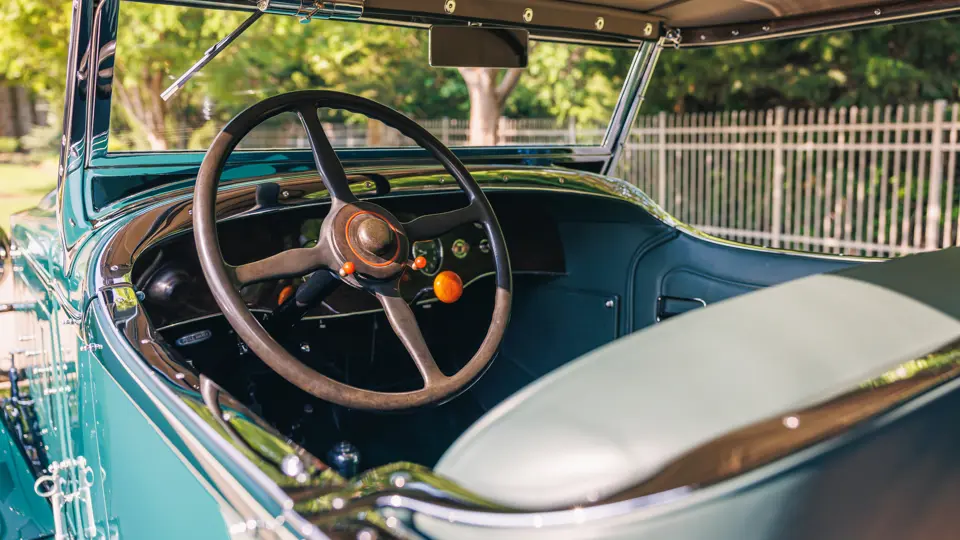




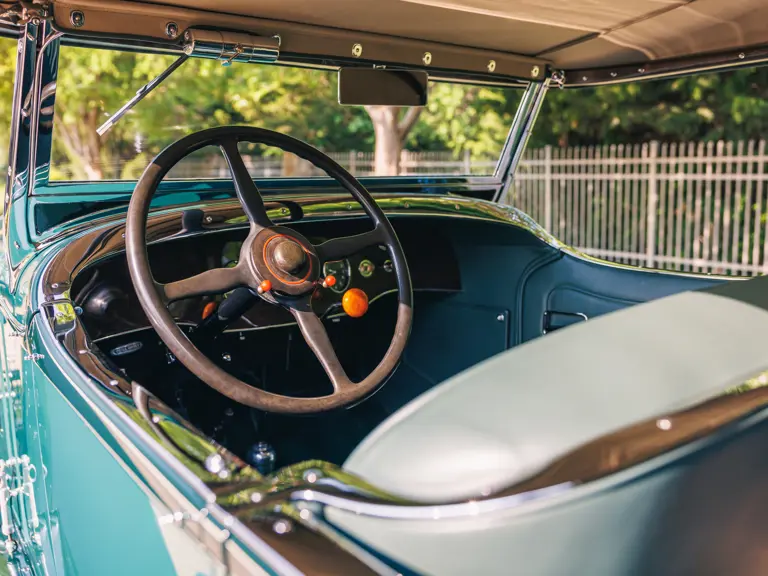
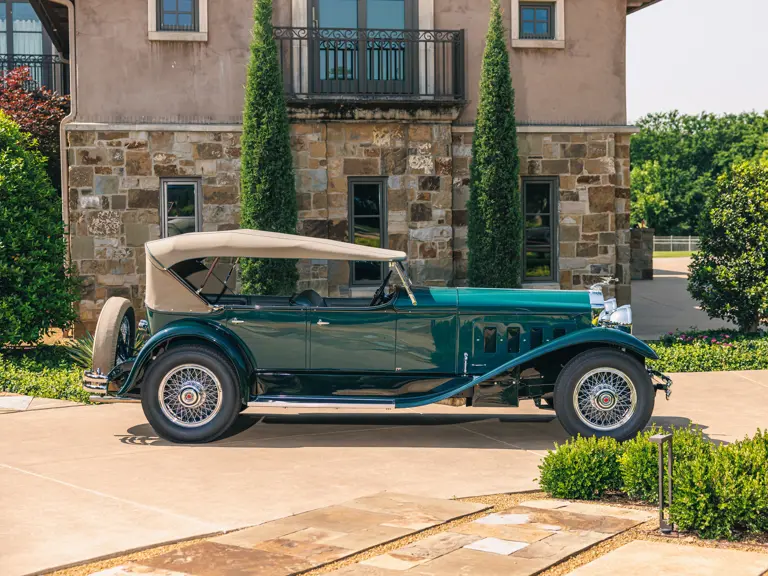

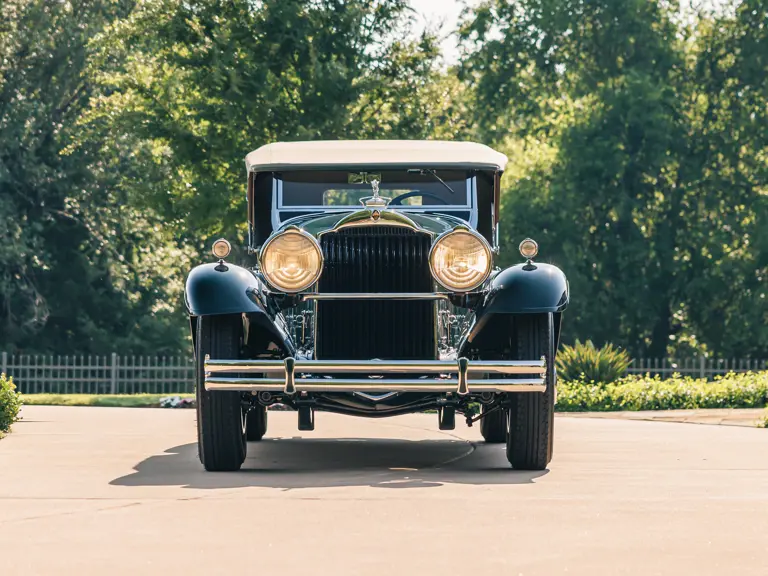
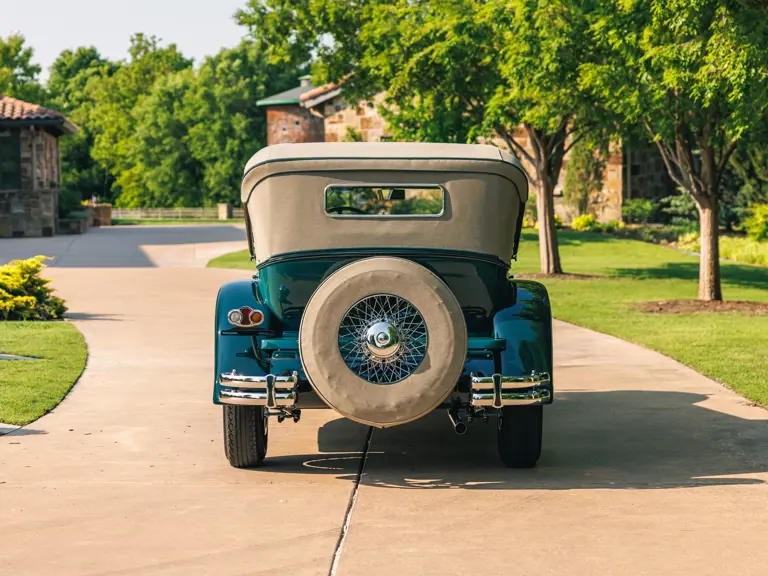
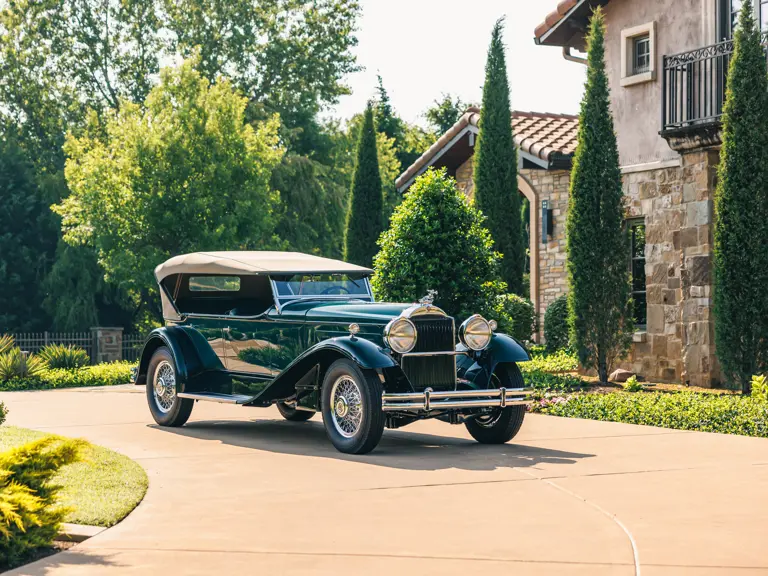


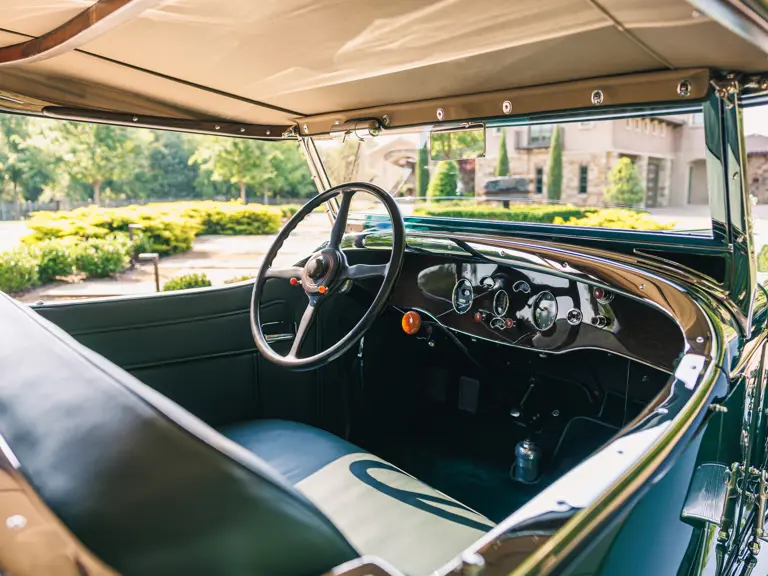




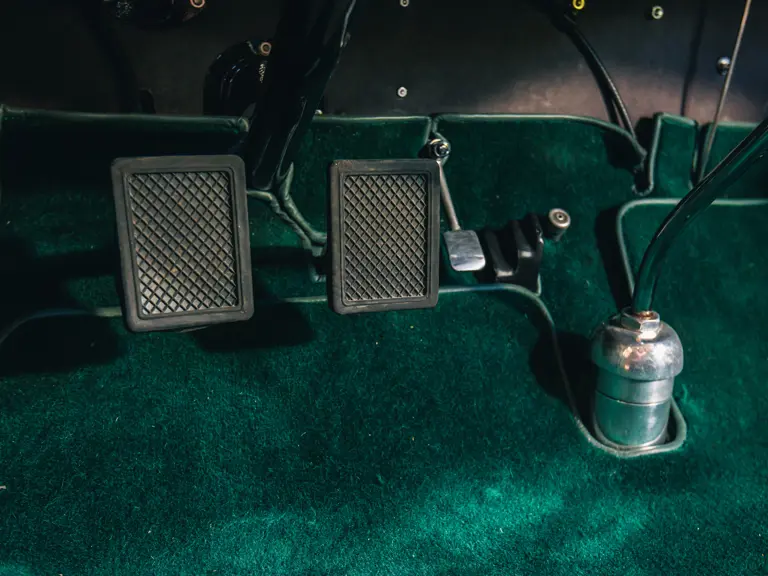
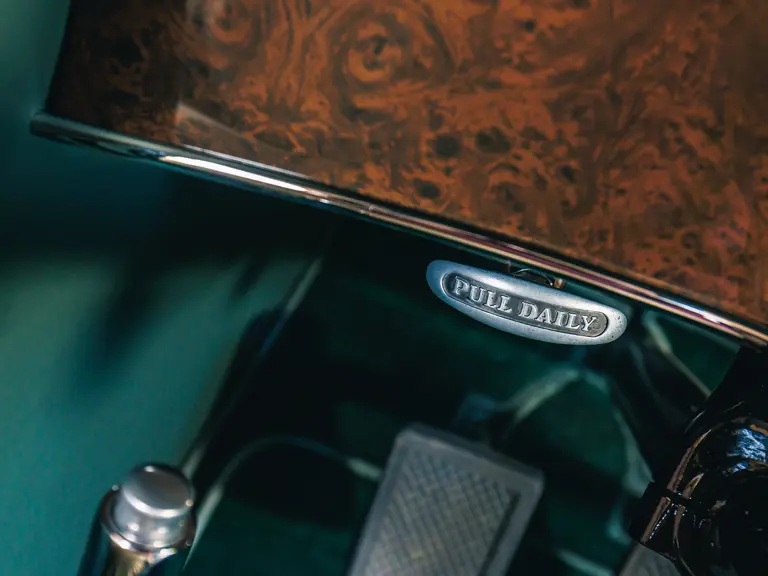
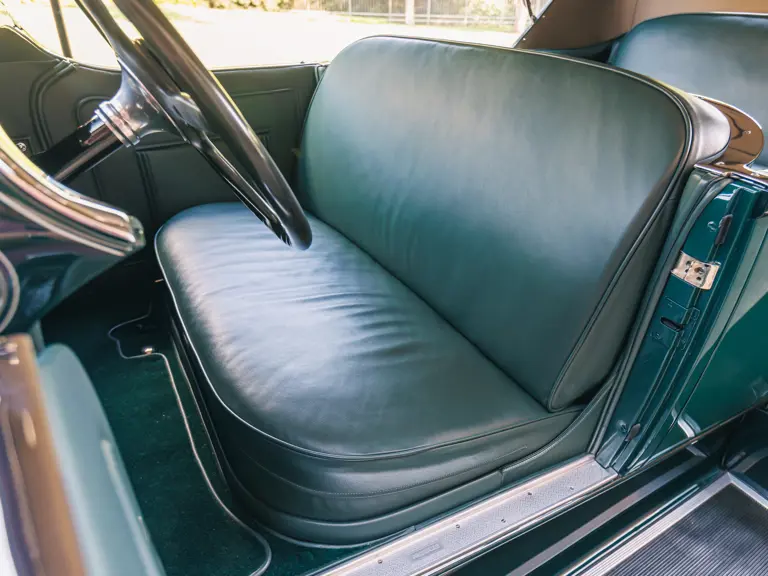
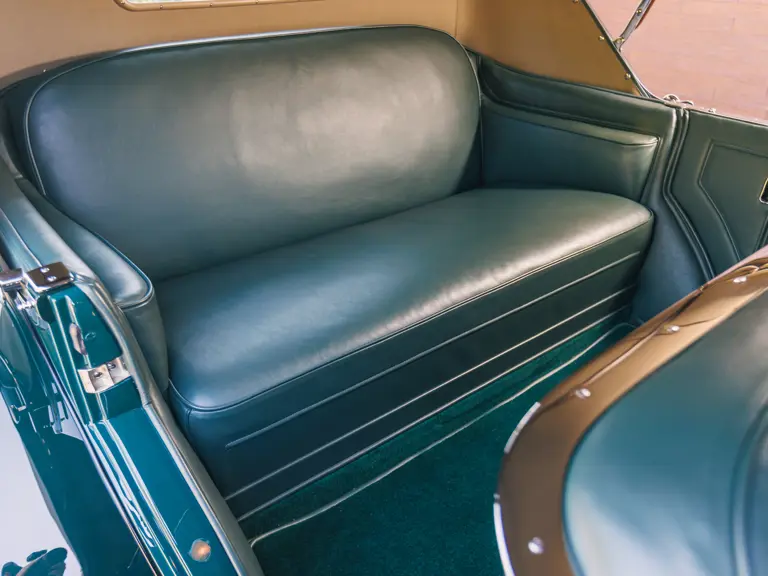
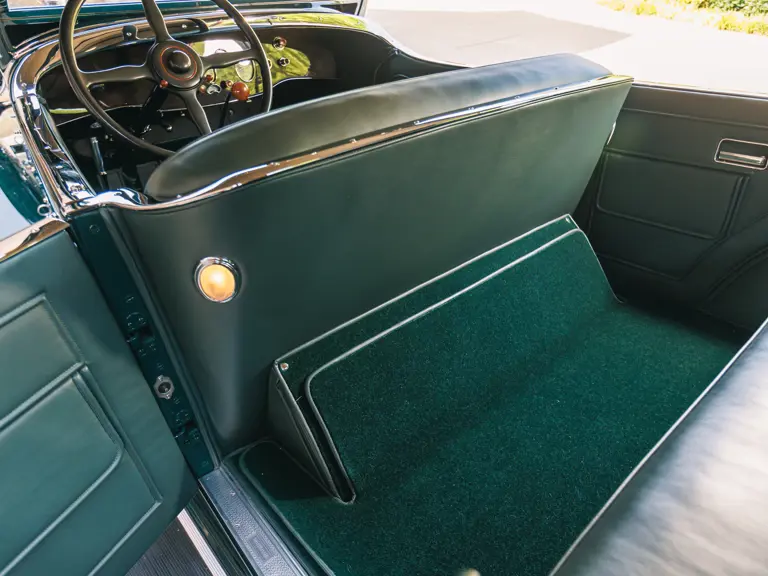
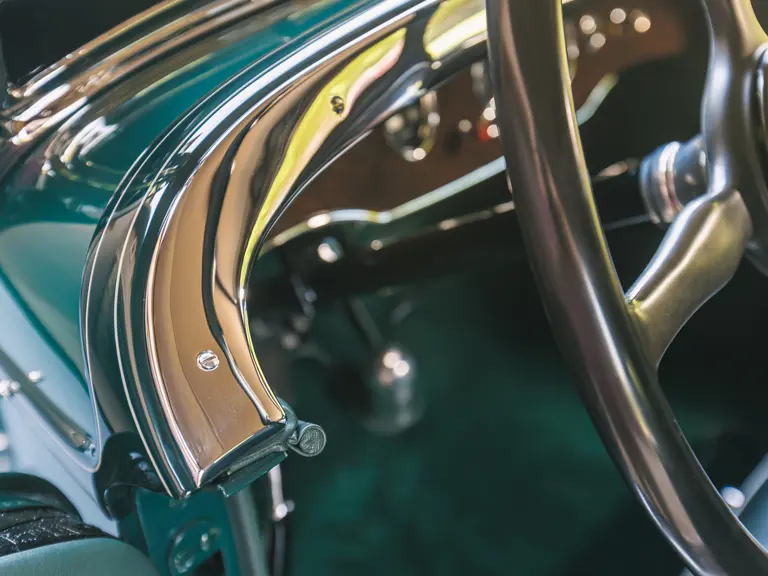
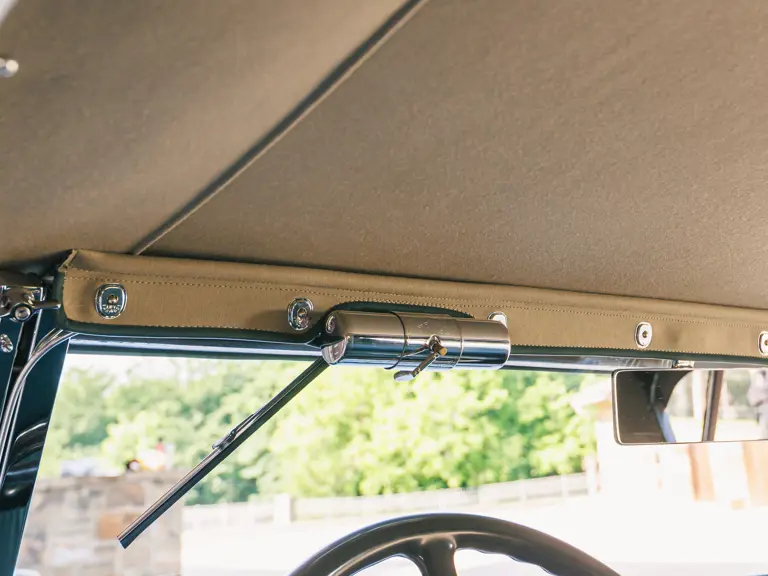


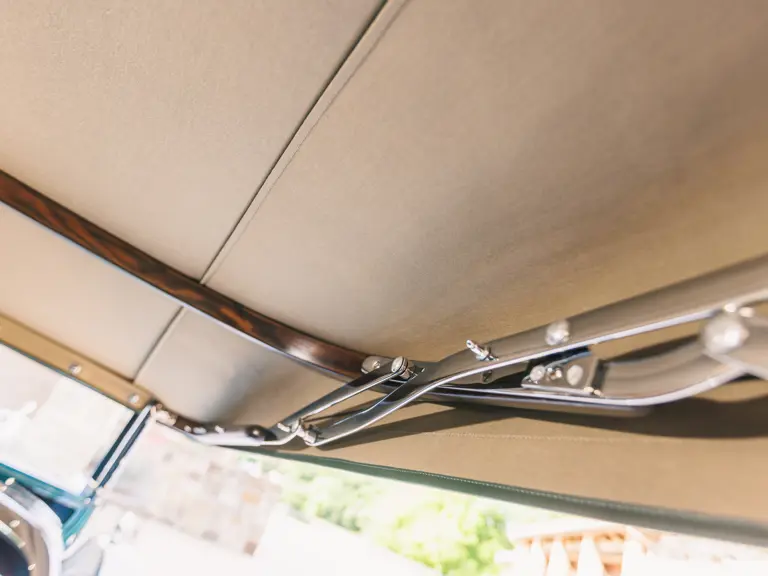
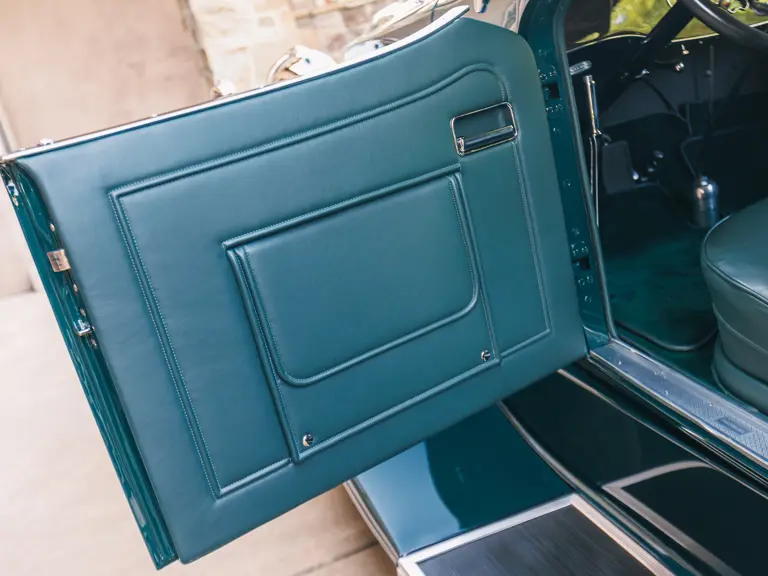
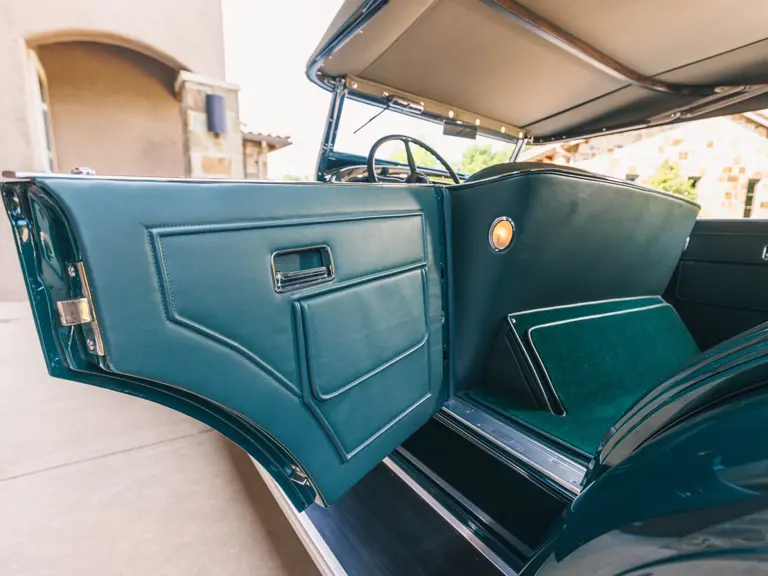
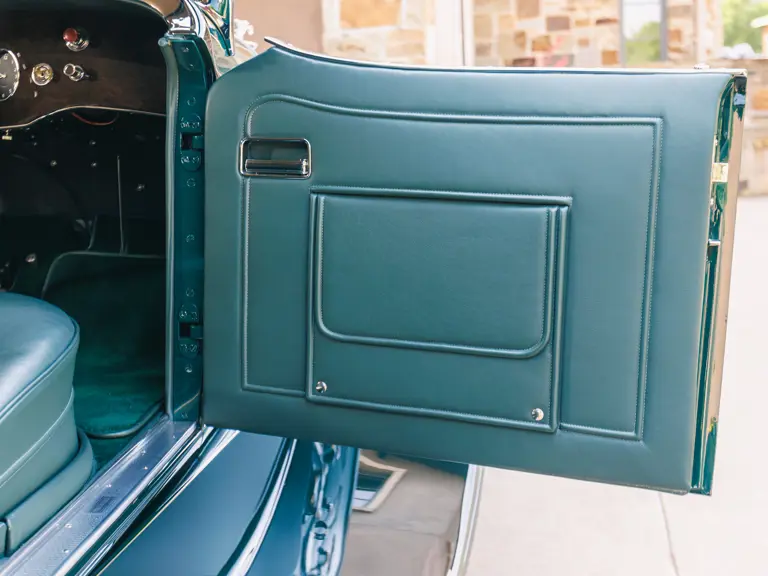
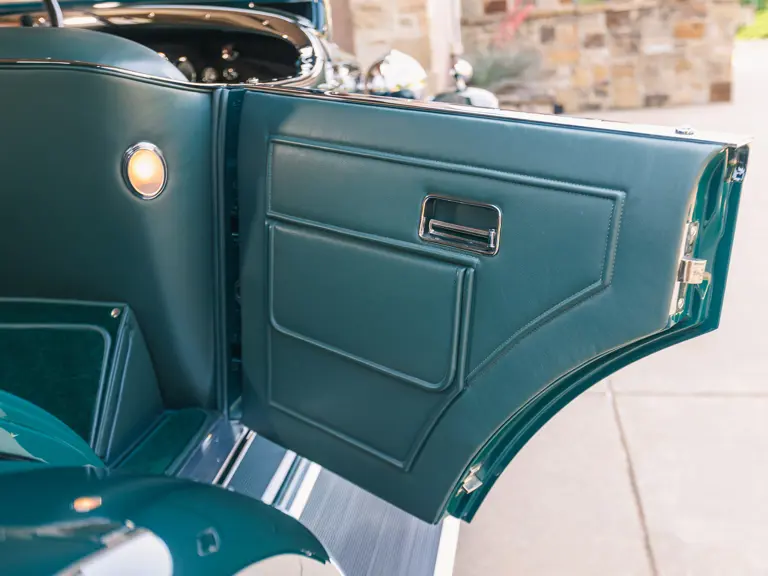
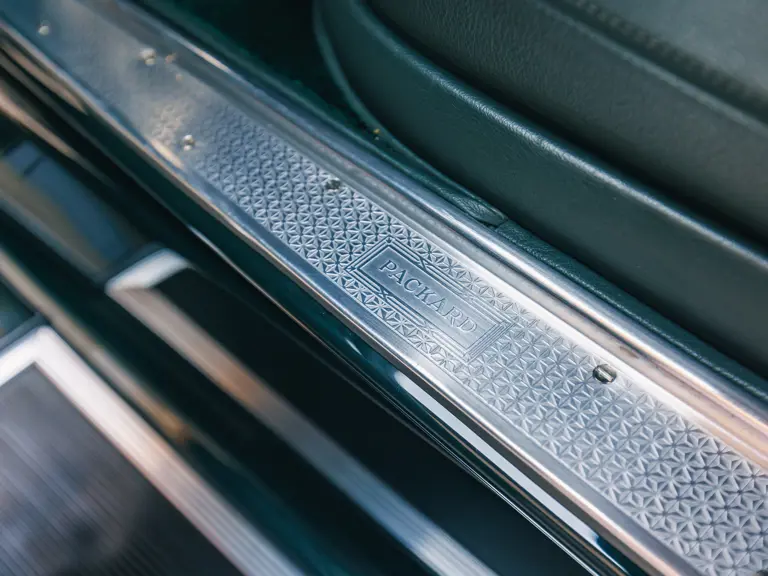
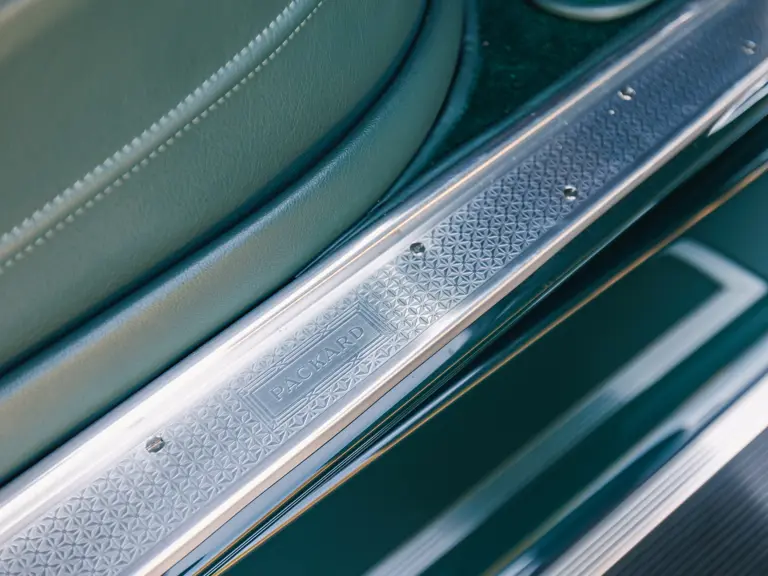

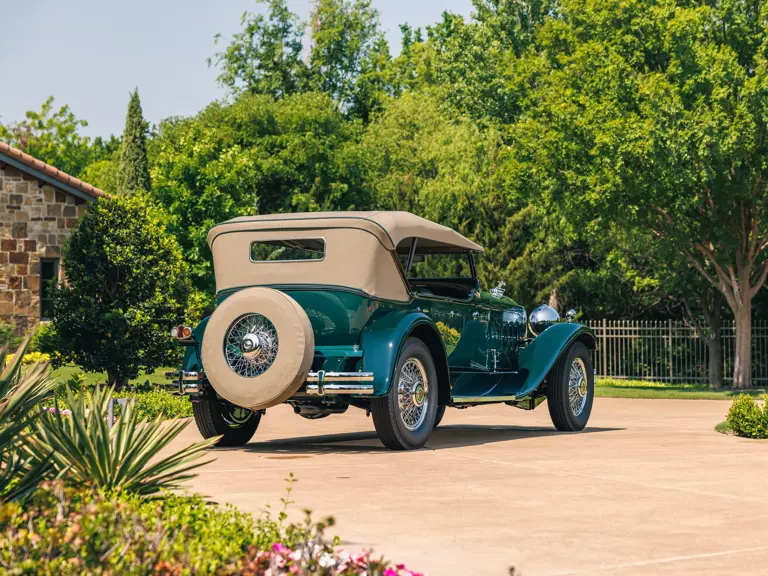
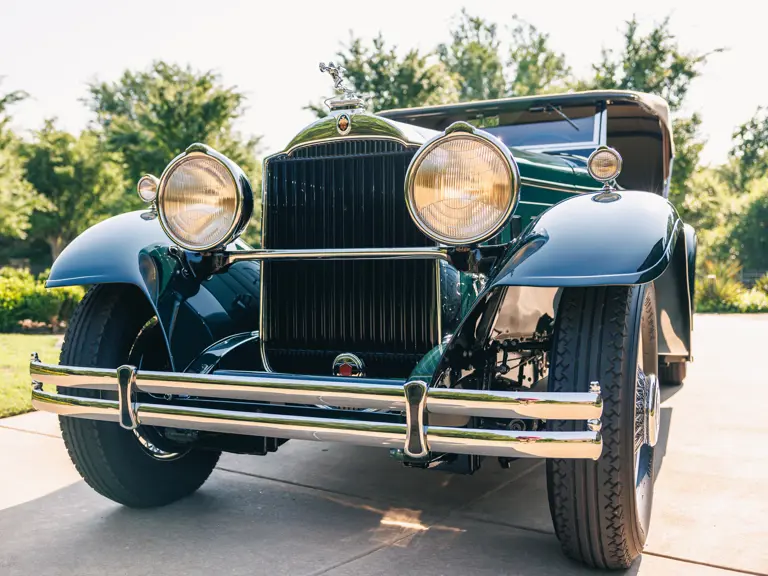





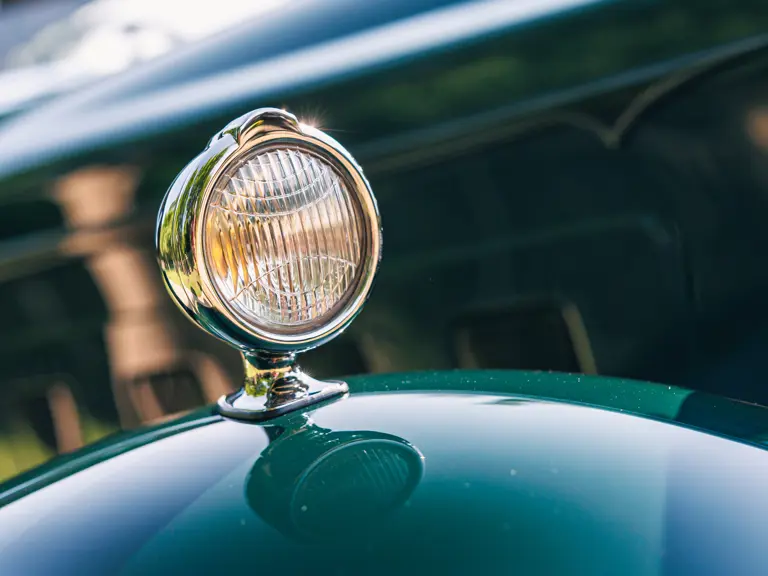

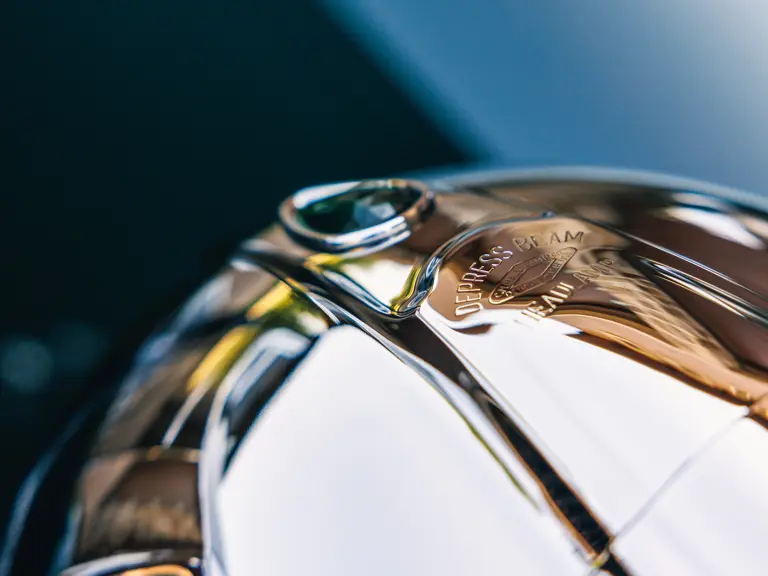

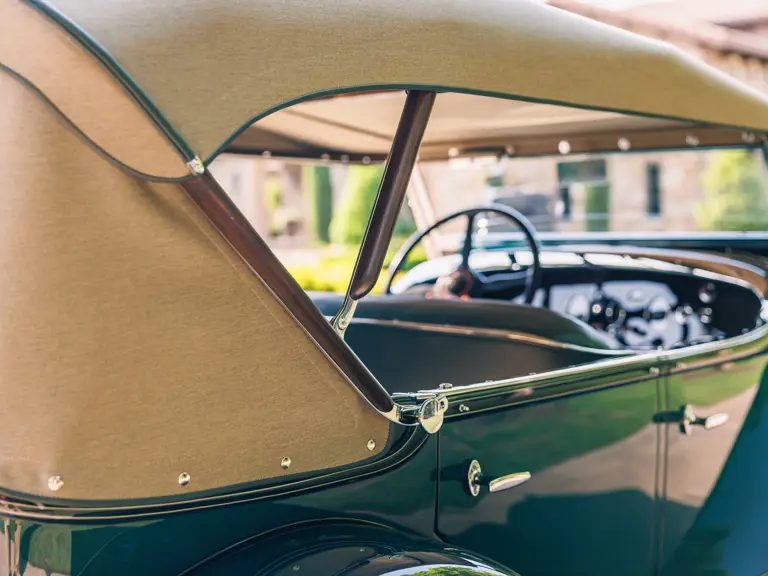
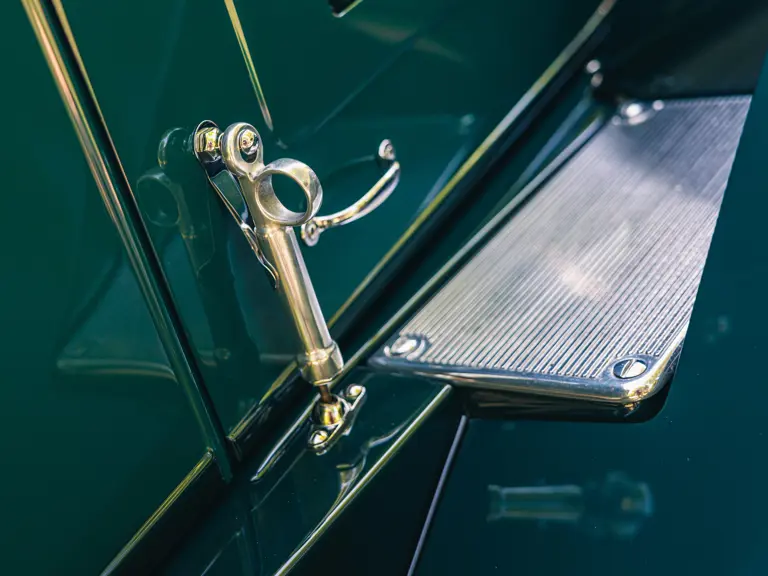


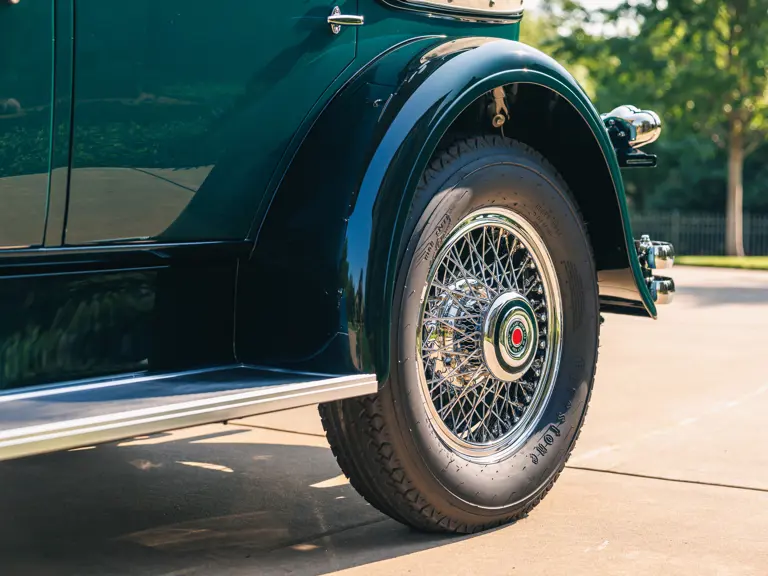

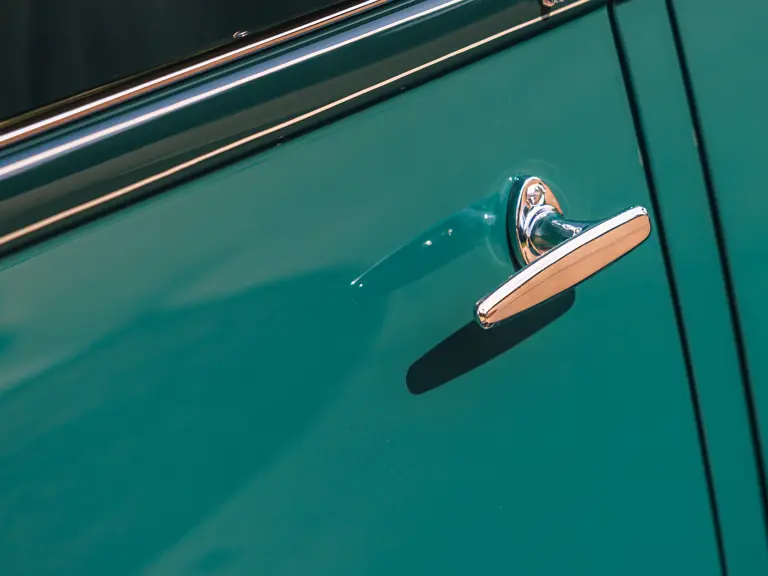
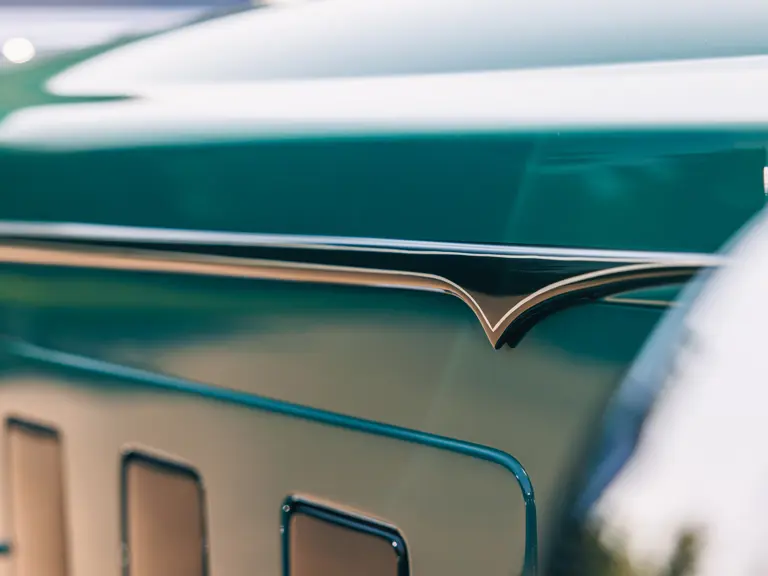
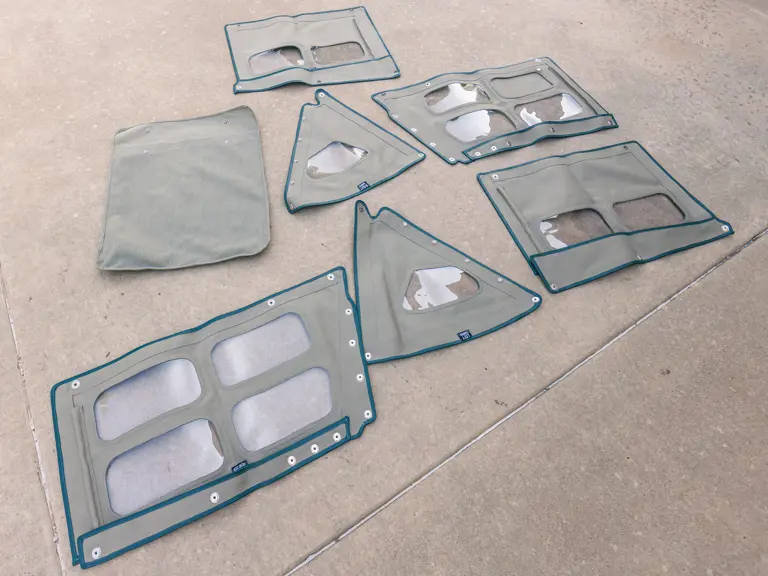
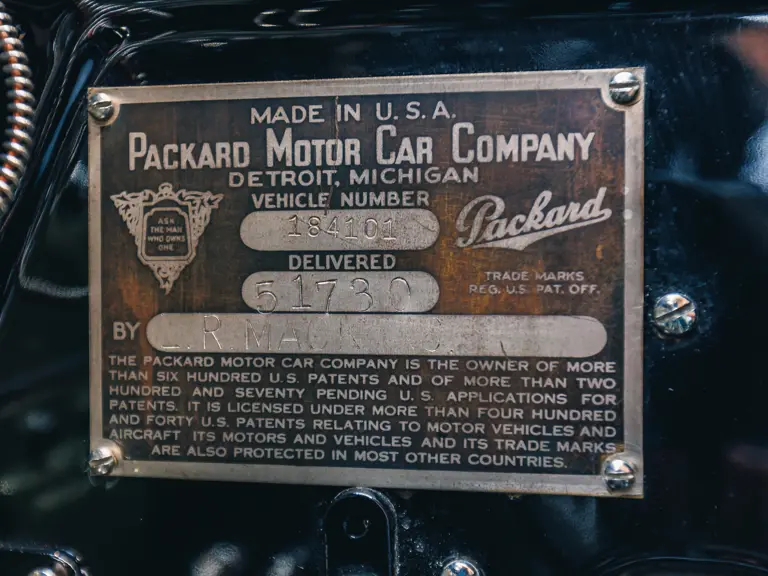

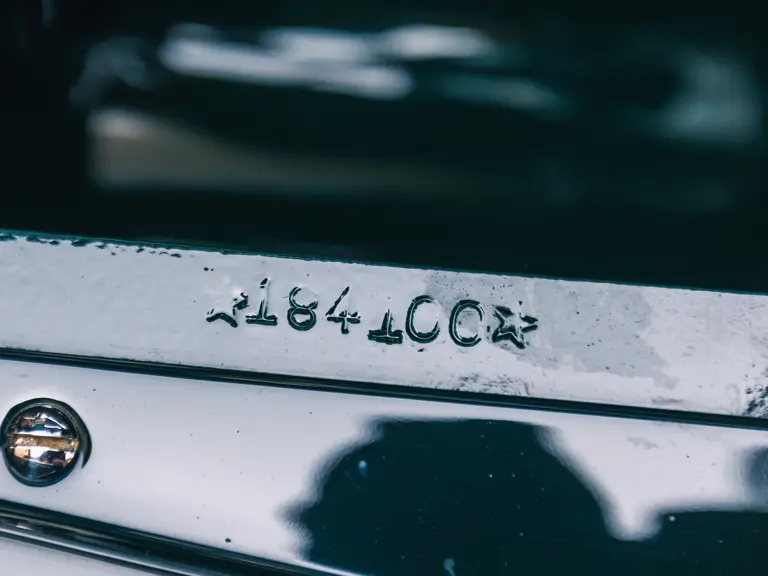


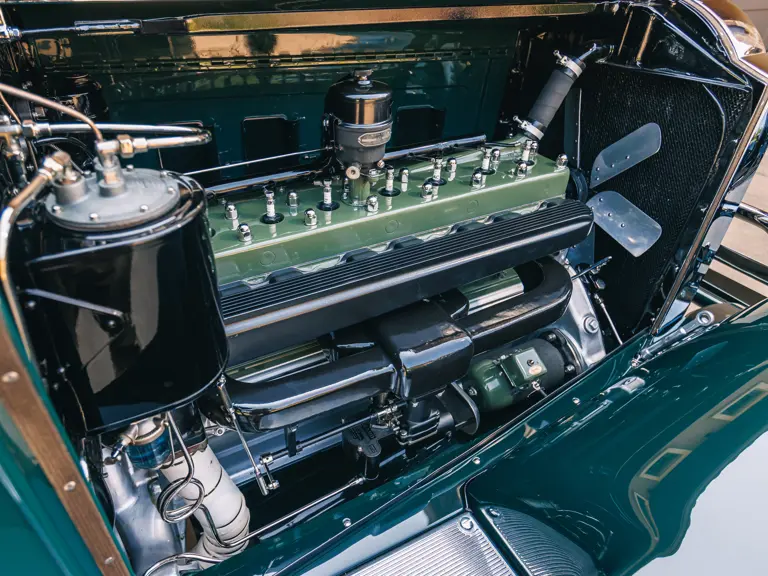
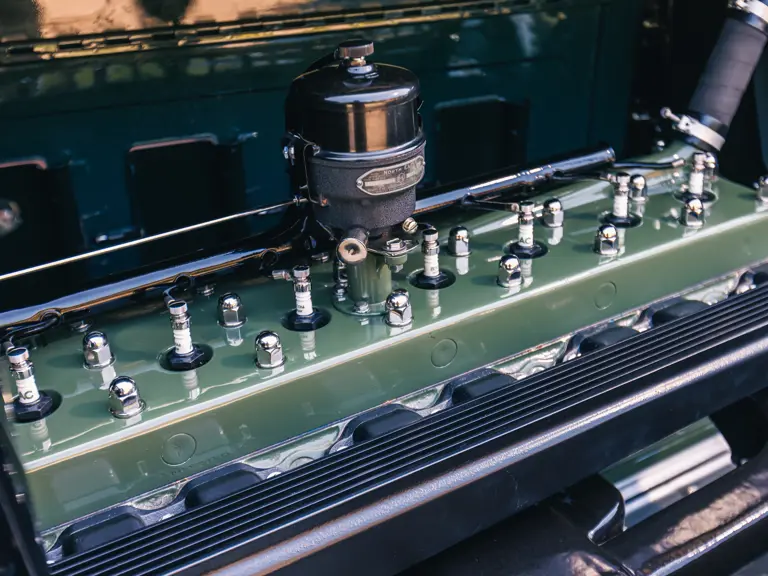


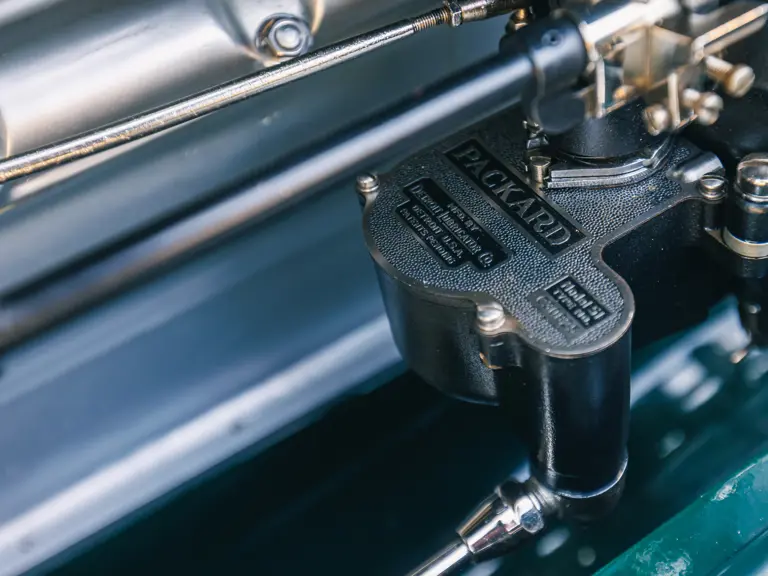
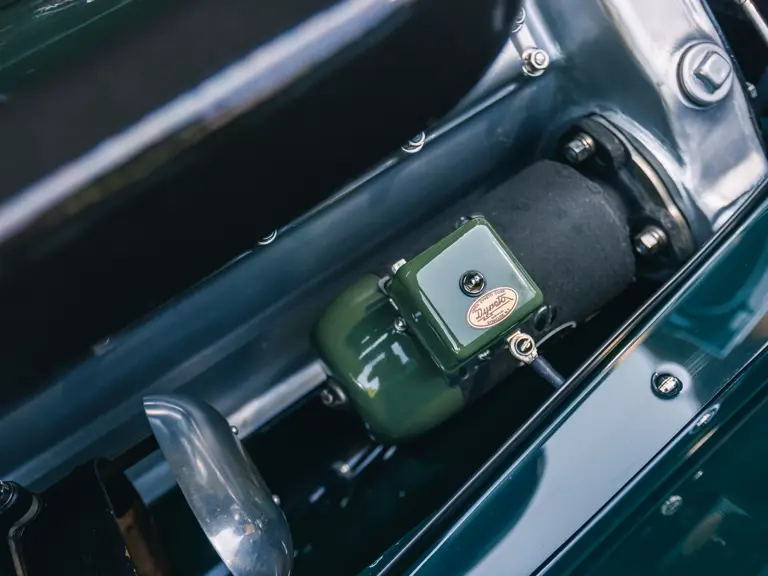
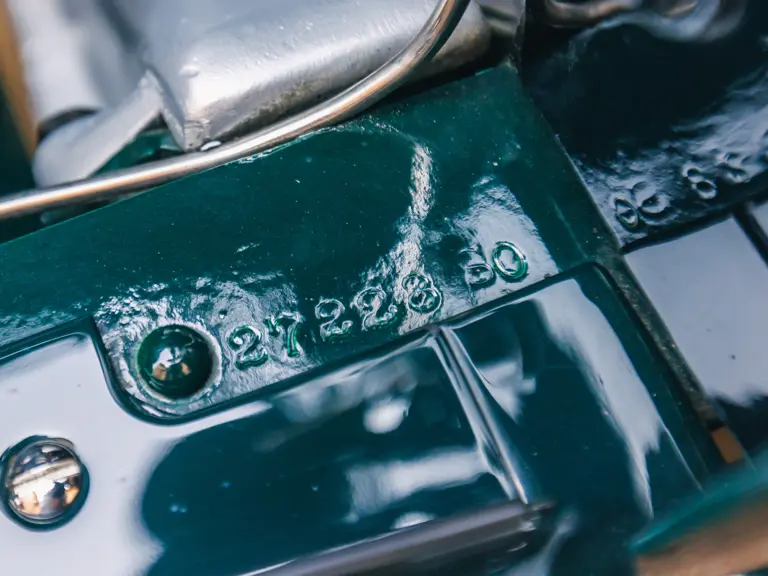
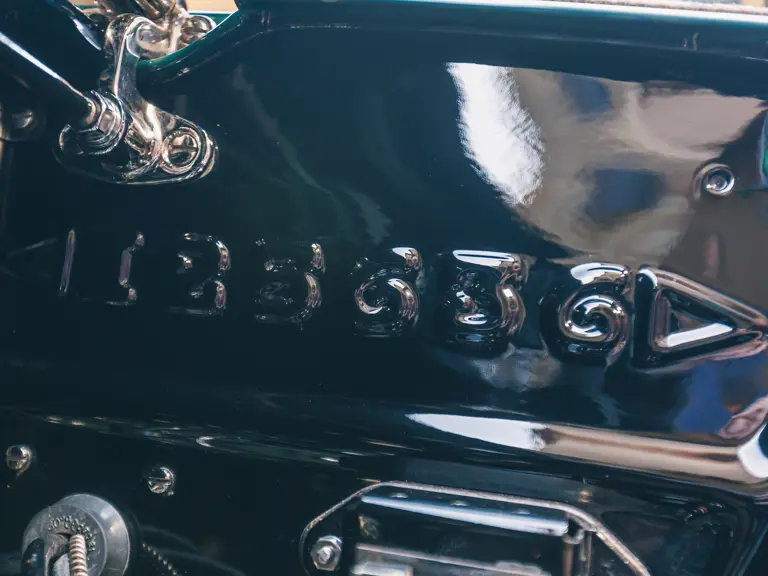

 | Monterey, California
| Monterey, California
